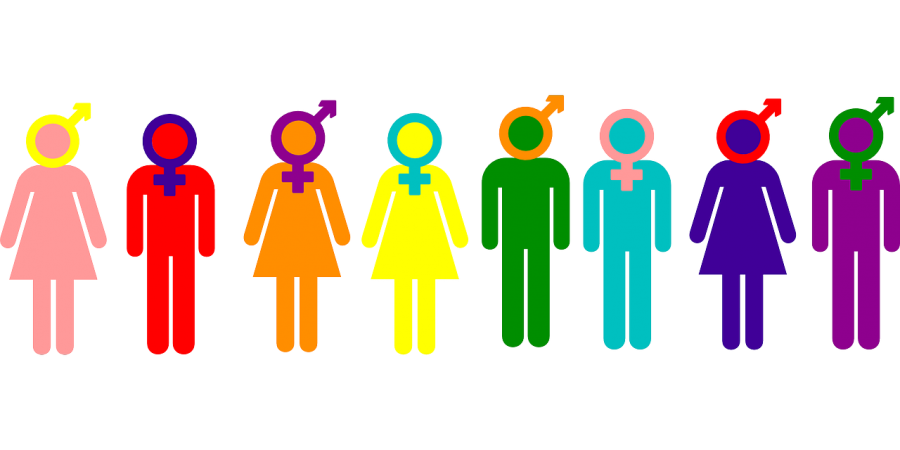Why LGBTQ+ Representation Matters: Going Beyond the Token Gay Friend
LGBTQIAPD – it kind of looks like alphabet soup. No wonder people generally condense this acronym to LGBTQ+.
I know what you might be thinking: “What happened to just gay and straight?”
Totally valid question. In fact, that’s how a lot of people seem to view sexuality – you can be either gay or straight.
But actually, we’re learning that sexuality is not that black-and-white. You could think of sexuality as a spectrum, with “straight” at one end of the spectrum and “gay” at the other. This is a little simplified, but it’s a good way to picture it. Clearly, there are a lot of identities in between.
Some confusion is totally understandable, especially because we generally subscribe to this idea that gay and straight are the only identities. As we learn more about sexuality, people are finally starting to ditch this outdated belief.
But even though we are beginning to understand this, the entertainment industry hasn’t quite caught up. Gay representation in the media is improving, but what about all of the other letters?
It’s hard to find characters who identify as bisexual or transgender. It’s almost impossible to find characters who identify as queer, intersex, ace, pan, or demisexual.
Representation matters. It’s hard to understand that if you’ve always been able to see yourself in books or on TV. But when you have to look hard to find someone like you, it’s easy to feel like you’re all alone.
This belief is especially damaging when you’re not even sure what you’re looking for. A lot of young people might know that they belong somewhere in the LGBTQ+ community, but they aren’t sure what they identify as. When you know “straight” doesn’t fit but “gay” isn’t quite right either, you can start feeling like you don’t belong anywhere.
But seeing characters and celebrities who proudly embrace their identities can give people the confidence they need. More than that, it shows them that they’re not alone, that they will one day know who they are and be okay with it. And it shows them that there are people like them who are living happy and fulfilling lives.
This knowledge can completely change someone’s view on the world, especially young people who are struggling with their identity. It proves to them that there are other people like them who will accept them as they are. This knowledge feels like a promise that things really do get better.
Also, representation leads to education. We are learning more about sexuality and gender, and seeing this in movies, books, and television can help us to keep up with the conversation. It increases understanding and acceptance.
Which brings me back to that acronym. For those who are curious, those letters are Lesbian, Gay, Bisexual, Transgender, Queer, Intersex, Asexual, Pansexual, and Demisexual. At least, generally speaking.
There’s some discourse about what each letter and term means. As our understanding of sexuality and gender changes, so does the language that we use to talk about it.
Some people might scoff at these terms. If you still think that there is only gay and straight, it can be easy to roll your eyes and complain, “It’s just random letters! Half of these are made up!”
Well, no. All of these identities existed before. We just didn’t have the words for them. But now, we can finally put a name to the identities that people have had since the beginning of time. We can express these identities in a way that we never could before because we’re learning more about them.
More importantly, we’re having more conversations about gender and sexuality, and these conversations are important. And they’re often sparked by what we see in the media.
LGBTQ+ representation in the media should go beyond the token gay friend. There are more letters in the acronym. There is more than gay and straight. We have a better understanding about gender and sexuality than before, and that should translate to the stories we tell in books and on TV.
Representation helps people. It’s time that our entertainment starts reflecting the world that it’s trying to portray.

